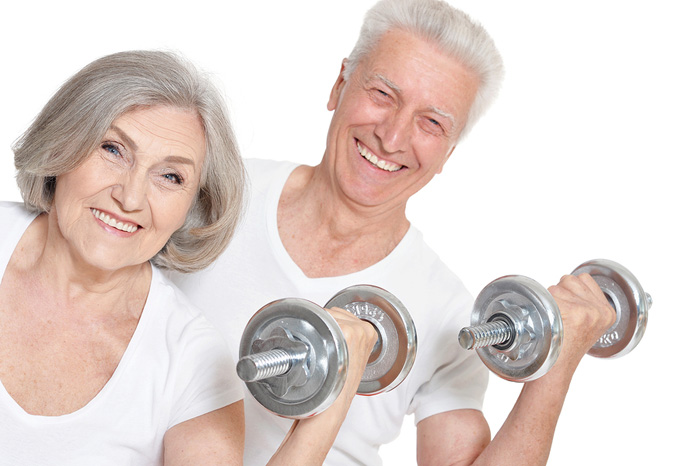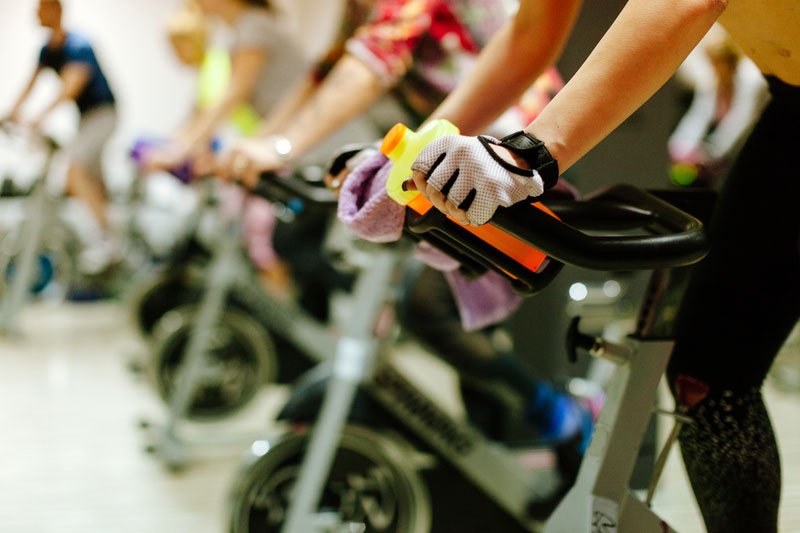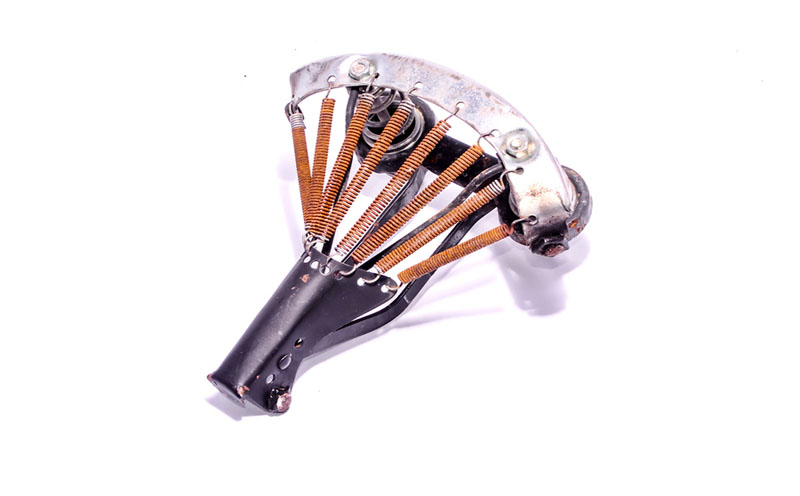Wearable Technology for Fitness
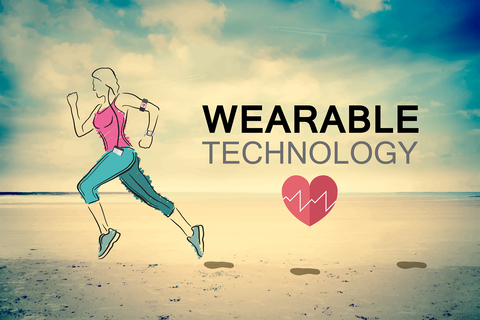
Wearable technology -- would you recognize it if you saw someone dressed in business attire marching up and down the hallway at the bank or workplace? If you’re aware of the growth in wearable technology, you would probably recognize the fitness band or sports activity tracker on their wrist.
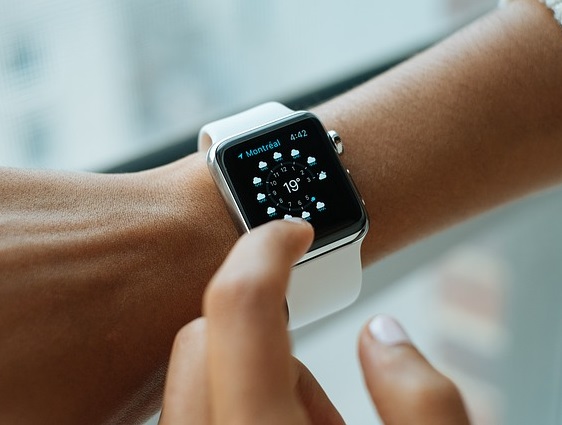
We’re living in a time when, once again, healthy is “in.” Many people now consider activity trackers the same as everyday casual wear. Some businesses are encouraging walking meetings rather than sit-down meetings because the exercise and fresh air boost morale and encourage creative thinking.
It’s no longer unusual to hear someone talk about logging their workouts or monitoring their meals through an app on their phone. Wearable technology has been rated the number one fitness trend since 2016. Is it any wonder that fitness tracker sales and the wearable tech market is about a $95 billion industry?
Muse is a brain-sensing technology that synthesizes traditional psychotherapy with mindfulness theory and yoga. It is used around the world by neuroscientists, researchers, health professionals, and projects in hospitals and universities including NASA, The Mayo Clinic, UCL, MIT and many more.
Muse -- to improve sleep and manage stress.
Any piece of technology that you wear on your clothing or body is considered wearable technology. Regardless of what the gadget does or how you benefit, the goal is always to monitor, record, and analyze some part of your life.
When it comes to fitness, these devices have the power to highlight your weaknesses and transform your lifestyle so that you reach your goals faster and more efficiently.
Check out the great selection of SPORTS WATCHES on Amazon
What’s in it for You?
Wearable technology in the fitness industry can do many things for you; but, you have to choose the right device for your personal goals and lifestyle. Consider this quick cheat sheet that will help you determine which features may help you achieve your objectives and assist you in your choice.
Your Goals and Helpful Features
Increase your activity level for general health benefits.
- Step counter
- Reminders to move
- Calories burned
- Goal setting
Improve your sports performance.
- GPS route tracing
- Distance monitoring
- Active minutes
- Heart rate monitor
- Exercise modes (cardio, running, etc.)
- Water monitoring/logging
Burn more calories and increase activity level for weight loss.
- Nutrition logging
- Floors climbed/elevation
- Calories burned
- Step counter
- Silent alarm
Build muscle and improve strength
- Body fat/muscle composition estimates
You're a busy professional who wants to monitor activity levels in a discreet manner.
- Jewelry designs
- Compact designs
- Detailed apps
- Silent alarm
The above chart will help you isolate the wearable technology that corresponds with your lifestyle and fitness goals; but, there are many advanced features that may help you narrow down your options even further, including:
- Sleep tracking
- Call and text notifications
- Calendar alerts
- On-screen workouts
- Guided breathing
- Clock/time
- Music control
There are also some fitness trackers that are designed for specific sports. For instance, the Nixon Supertide will help surfers monitor the tides at various beaches while the Columbia Switchback was designed for hikers.
Check out the great selection of SPORTS WATCHES on Amazon
Wearable Tech for Sports
Wearable devices aren’t as helpful for strength training as they are for cardio exercise and overall lifestyle development. The wearable technology is great for athletes because it can make a dramatic difference in how you train for speed and endurance over long distances.
It’s also useful for timed drills and for comparing your performance over a long period of time. Some devices will allow you to record a variety of workouts through one app, giving you a digital method of monitoring progress and mapping out plans for future workouts.
The Personal Choice with Wearable Technology
Whether you invest in wearable tech for fitness depends on whether you find it motivating to monitor your performance and set measurable goals, or you may find these devices essential to your daily life.
If you’re more likely to find these gadgets a distraction than a motivating force, then you may want to stick to old school methods of setting and tracking your goals.
A Kaiser Permanente study showed that people who kept daily food records lost twice as much weight as those who kept no records.
Either way you choose, high-tech wear or pen and pad, research has proven that monitoring your progress can go a long way towards keeping you on track.
More Topics That May Interest You
Check out the great selection of SPORTS WATCHES on Amazon
Some of the advertisers on my website are affiliate partners, which means that I may receive a small commission from any sale, at no extra cost to you.
For example, the Amazon affiliate advertising program is designed to provide a means for sites to earn fees by advertising and linking to amazon.com.
Your tips and purchases help to support this free-information website.
Thank you.
The content of this website is for informational purposes only and not intended to be taken as a replacement for professional medical advice, care, diagnosis or treatment by a doctor, dietitian, physical therapist, nutritionist or fitness instructor.
DO NOT BEGIN ANY EXERCISE PROGRAM WITHOUT CHECKING WITH YOUR DOCTOR FOR UNDERLYING CONDITIONS THAT MAY PREVENT YOU FROM DOING SO.


